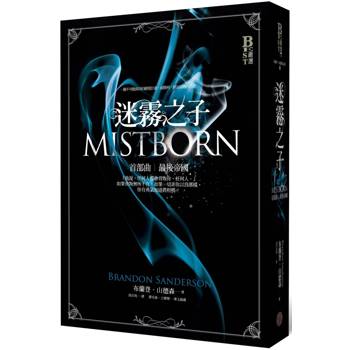Everything a pilot is expected to know when transitioning to turbine-powered aircraft.
Whether you’re preparing for a turbine aircraft ground school, studying for your Airline Transport Pilot (ATP) certificate, priming for a corporate or airline interview, or upgrading into a personal jet or turboprop--The Turbine Pilot’s Flight Manual is for you. With precision and humor, authors Greg Brown and Mark Holt cover all the basics for turbine pilot operations, clearly explaining the differences between turbine aircraft and their piston engine counterparts.
This manual clarifies the complex topics of turbine aircraft engines and all major jet and turboprop power and airframe systems. It also addresses high-speed aerodynamics, automation, wake turbulence, high-altitude and adverse weather, air carrier operations, transport airplane performance, and flight deck professionalism and leadership. You’ll be introduced to state-of-the-art flight deck instrumentation including flight management systems, global navigation (GPS/RNAV/RNP), and head-up guidance systems. Learn the operating principles of hazard avoidance systems, including weather radar, enhanced ground proximity warning systems, predictive wind shear systems, advanced communication procedures and equipment (datalink and ADS-B), and the latest engine performance management techniques.
This fifth edition incorporates new material addressing the many recent electronic flight bag (EFB) developments applicable to professional piloting, includes all topics required for completing an ATP Certification Training Program (ATP-CTP), and adds technology and terminology updates. Includes a glossary of airline and corporate aviation terminology, handy turbine pilot rules-of-thumb, and a comprehensive turbine aircraft "Spotter’s Guide."
The Turbine Pilot’s Flight Manual introduces all the principles and lingo required to "talk turbine." Many airlines and corporate flight departments recommend reading it before interviewing and prior to attending ground school.











